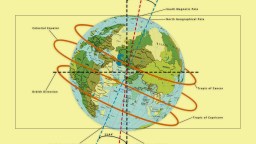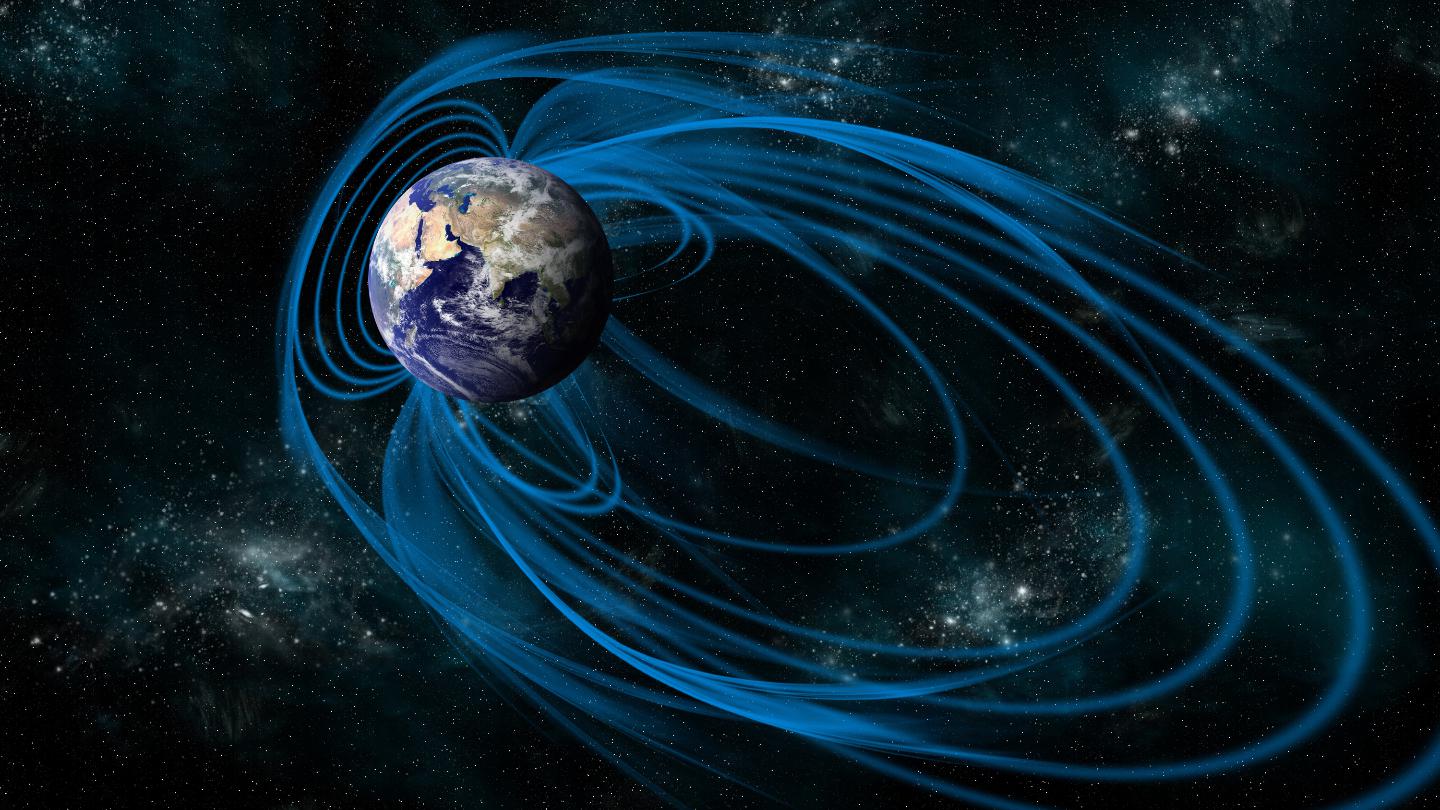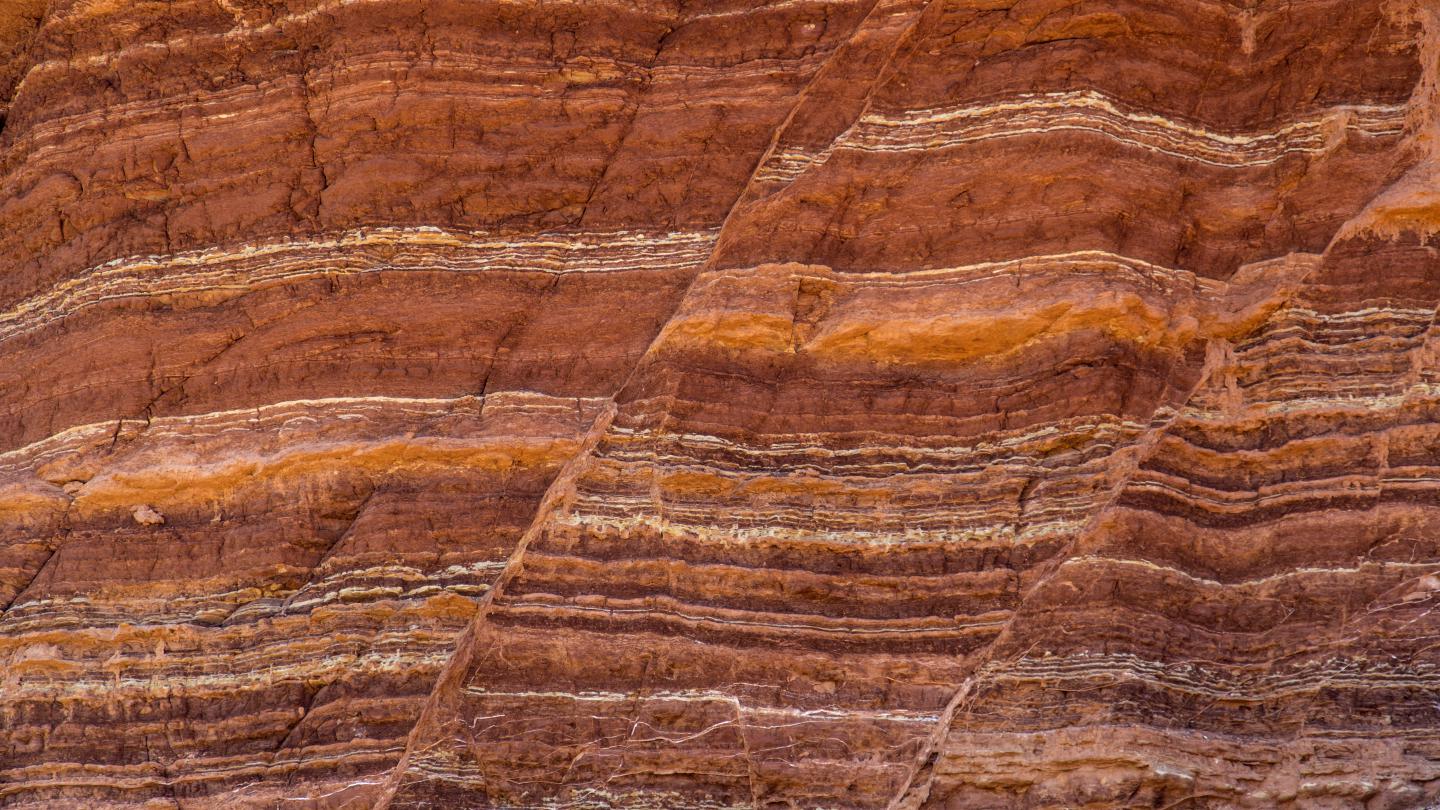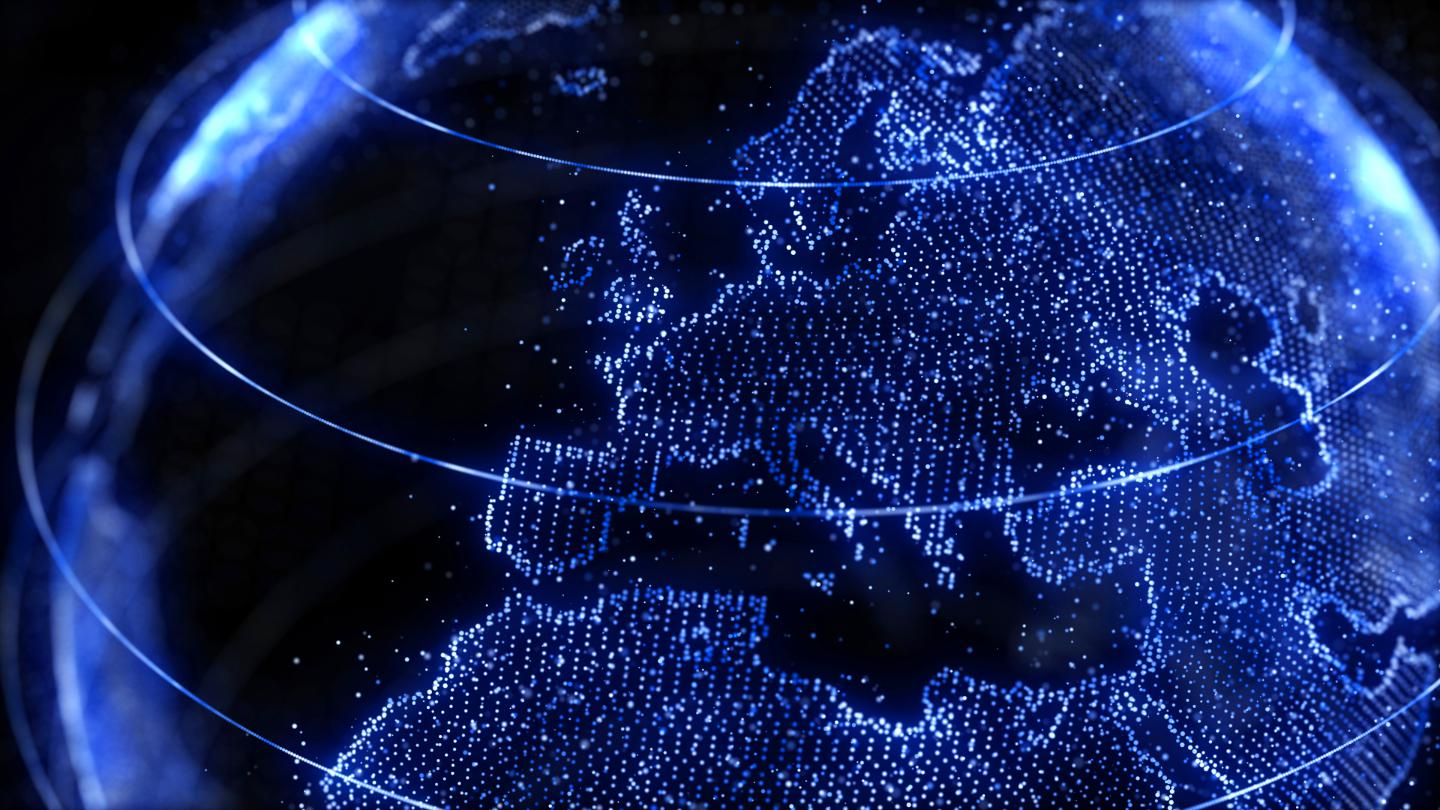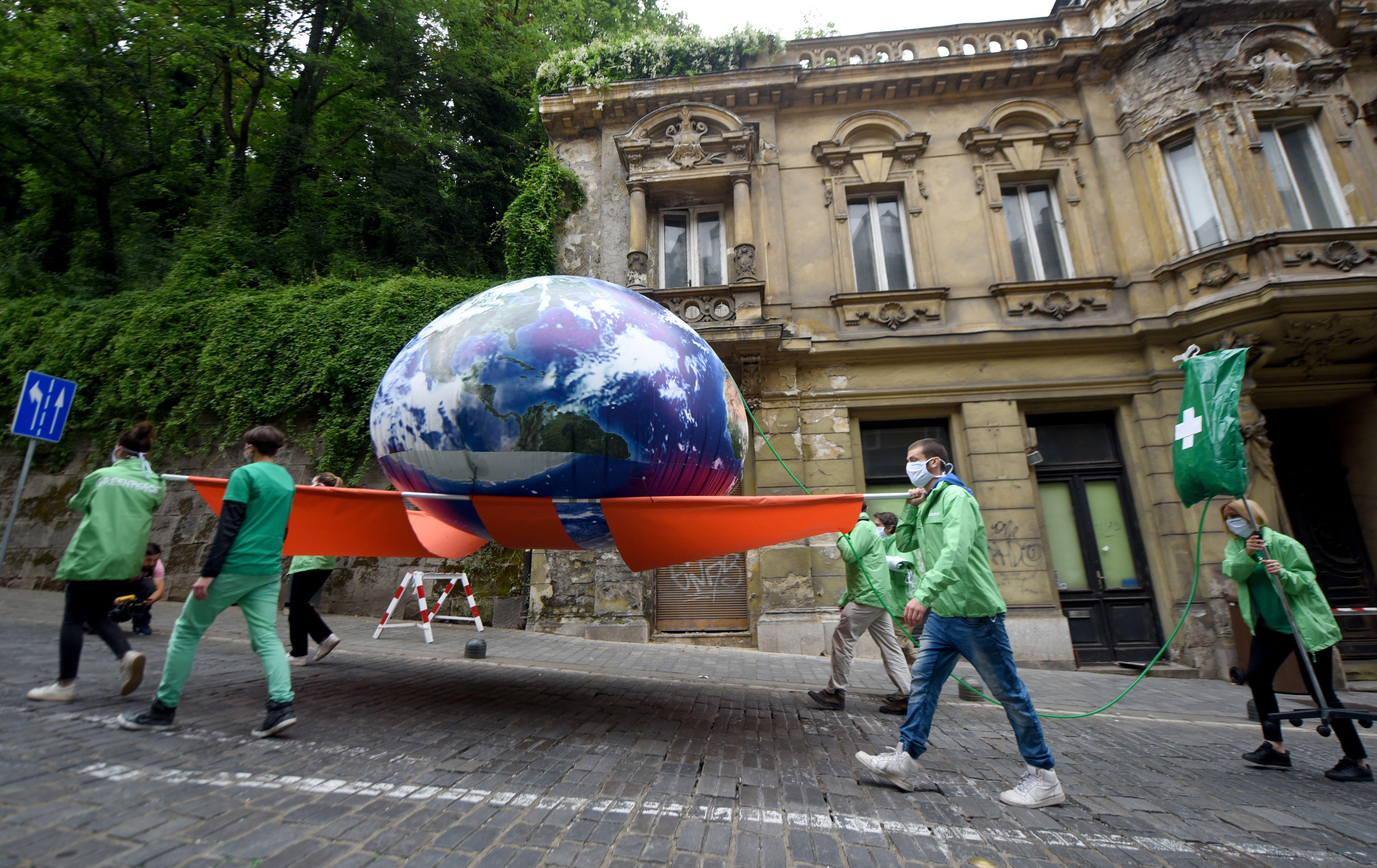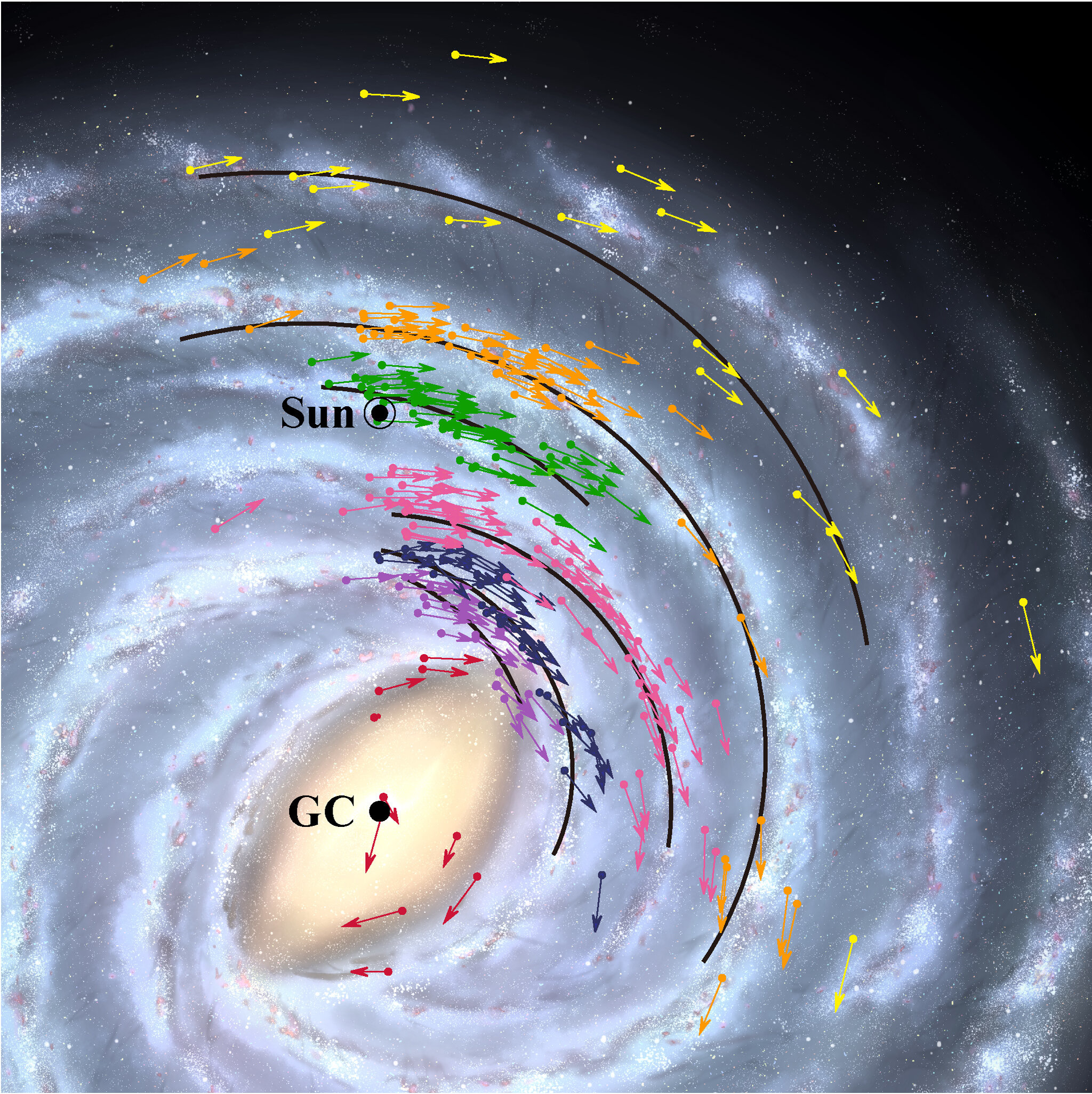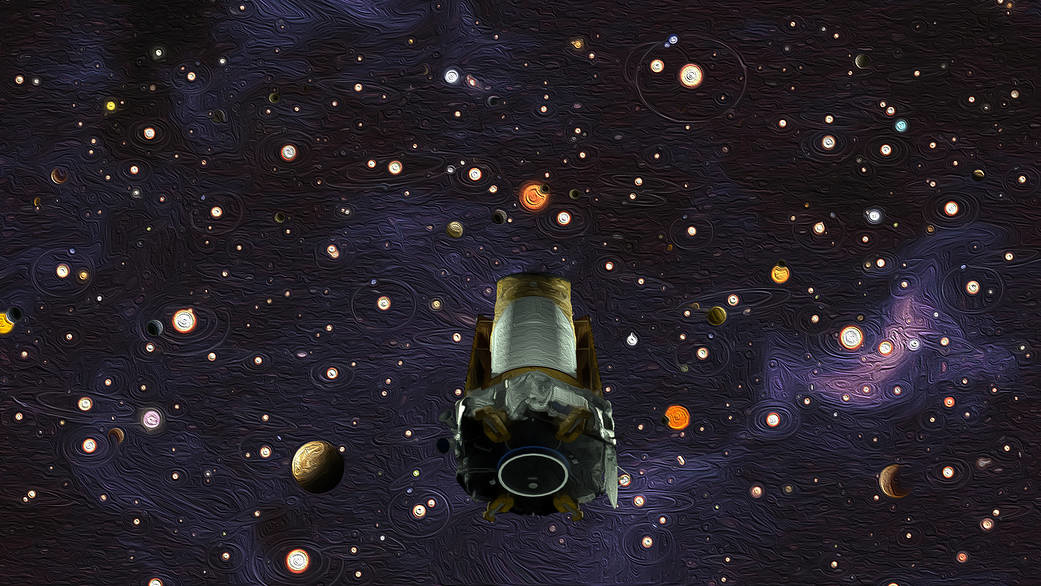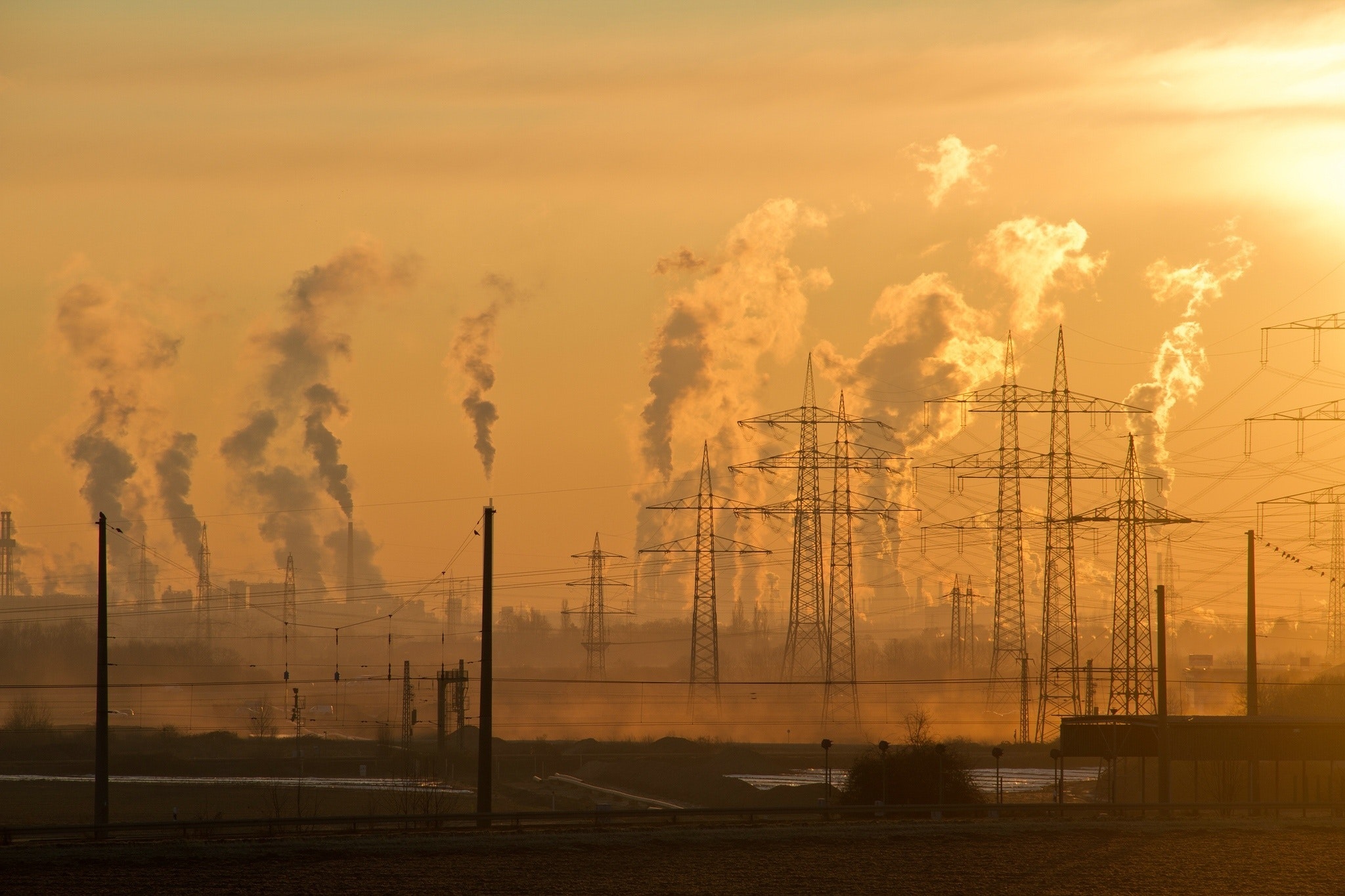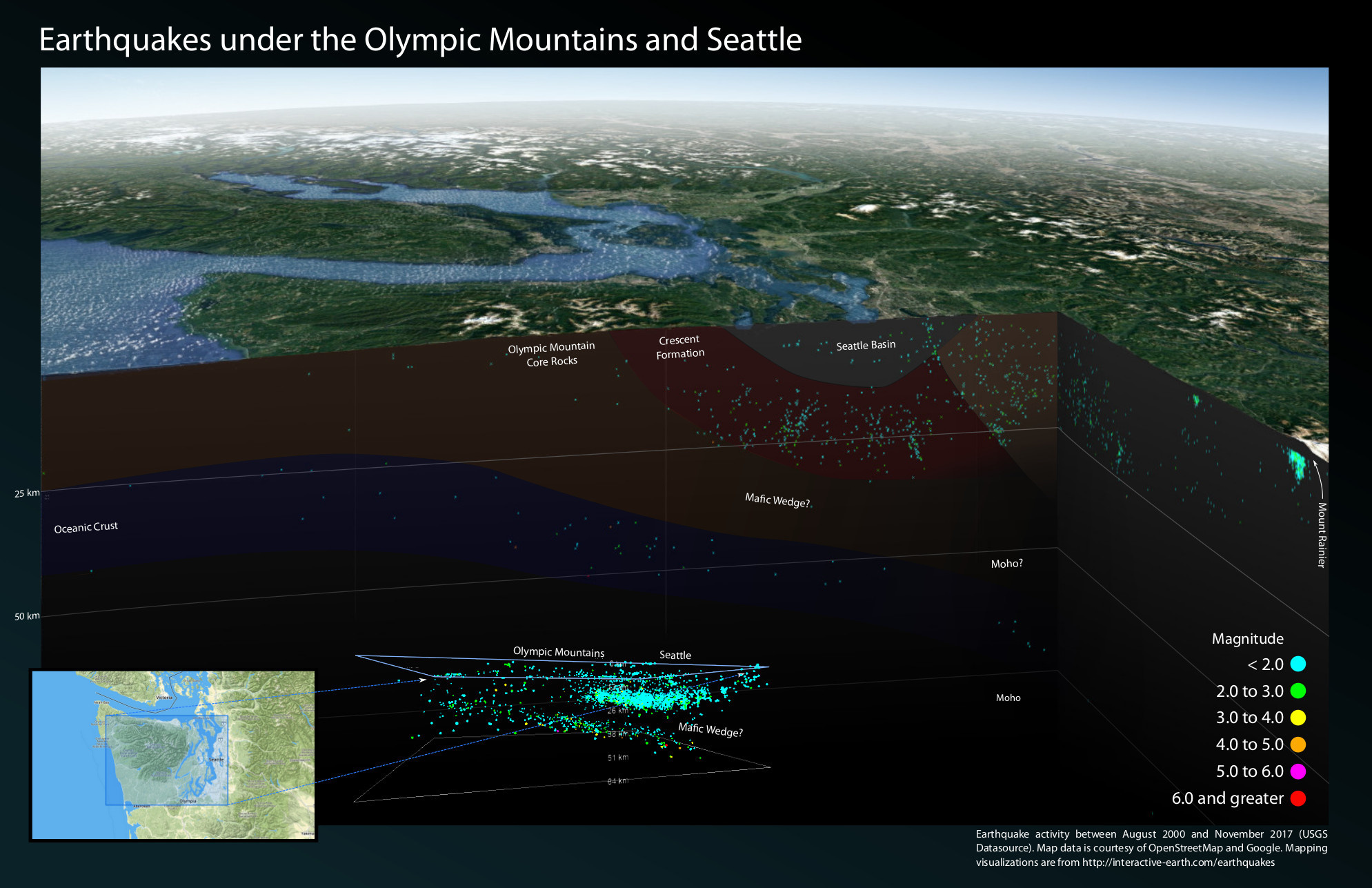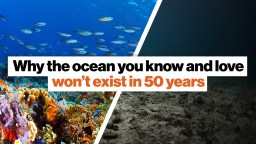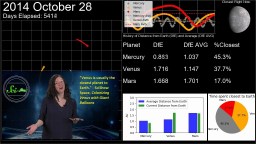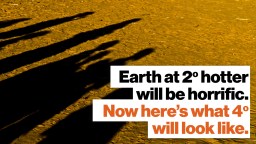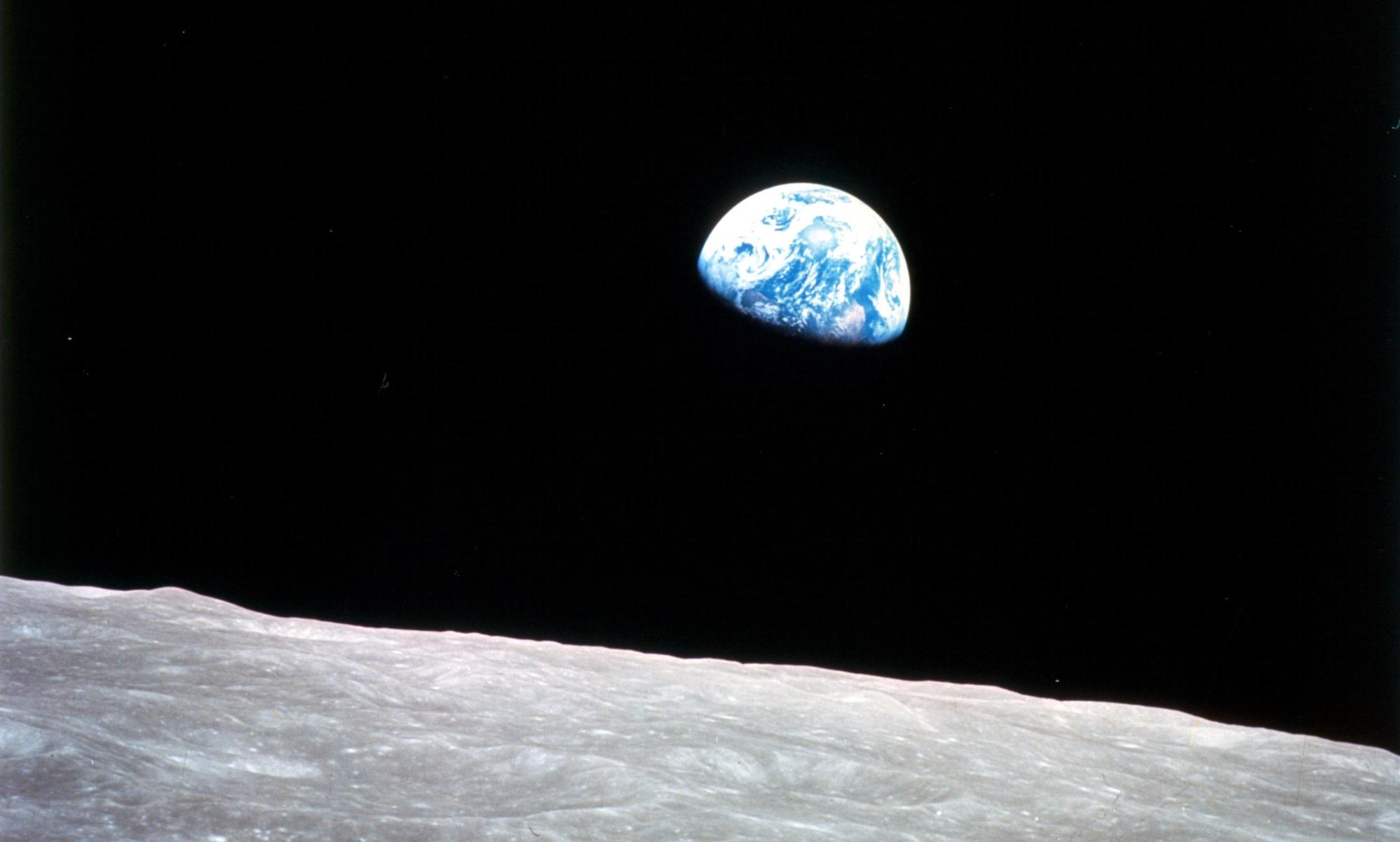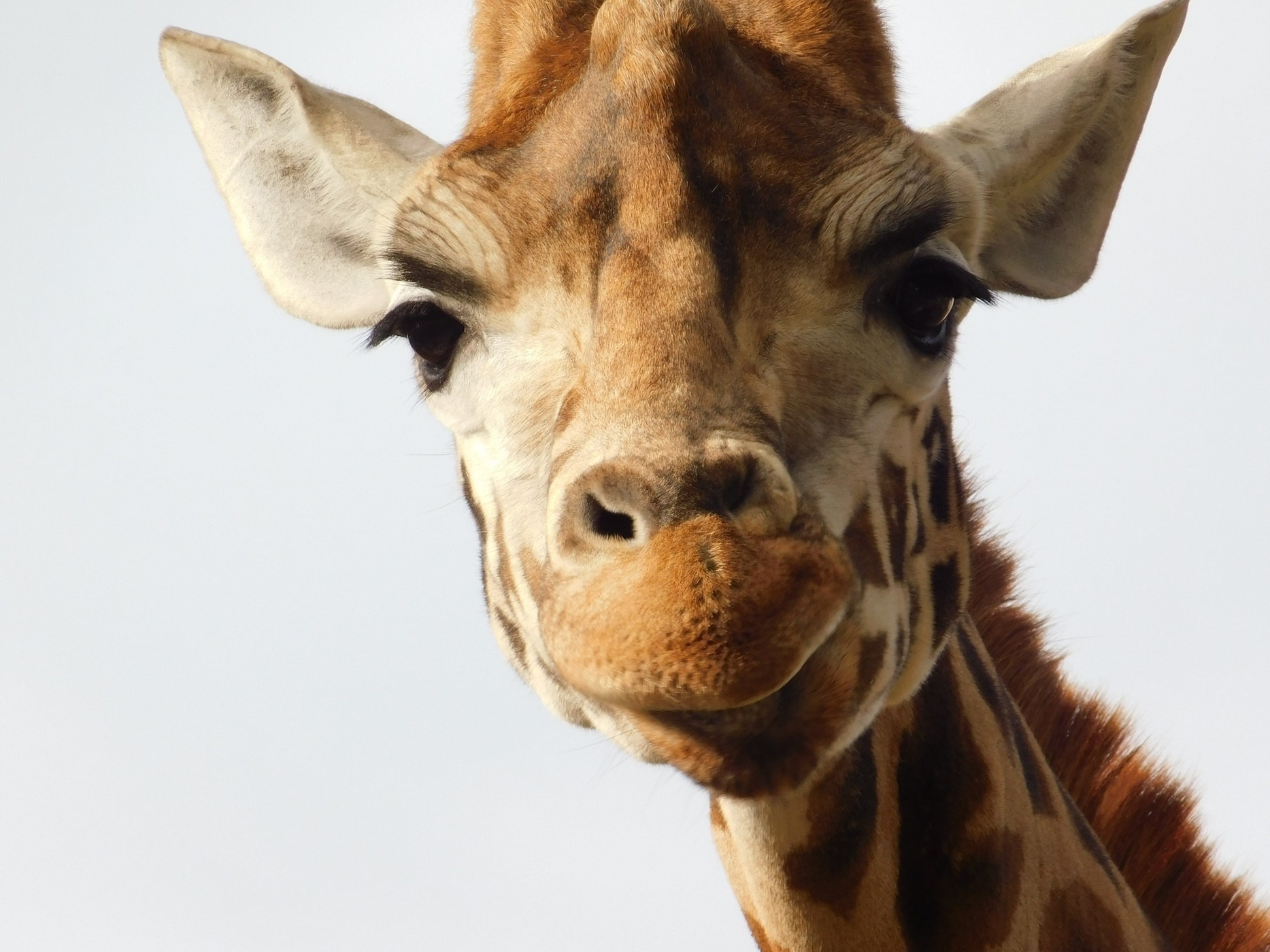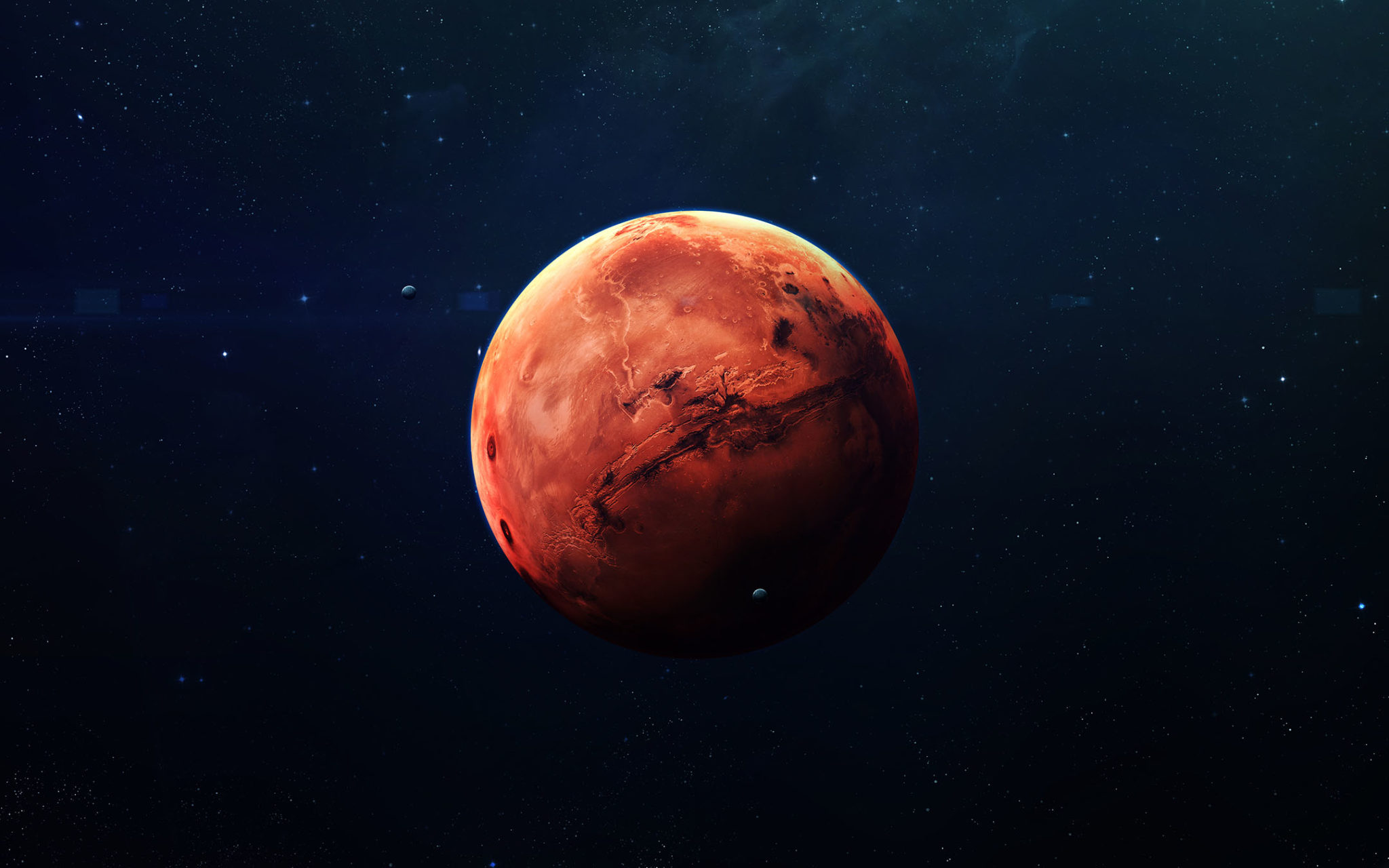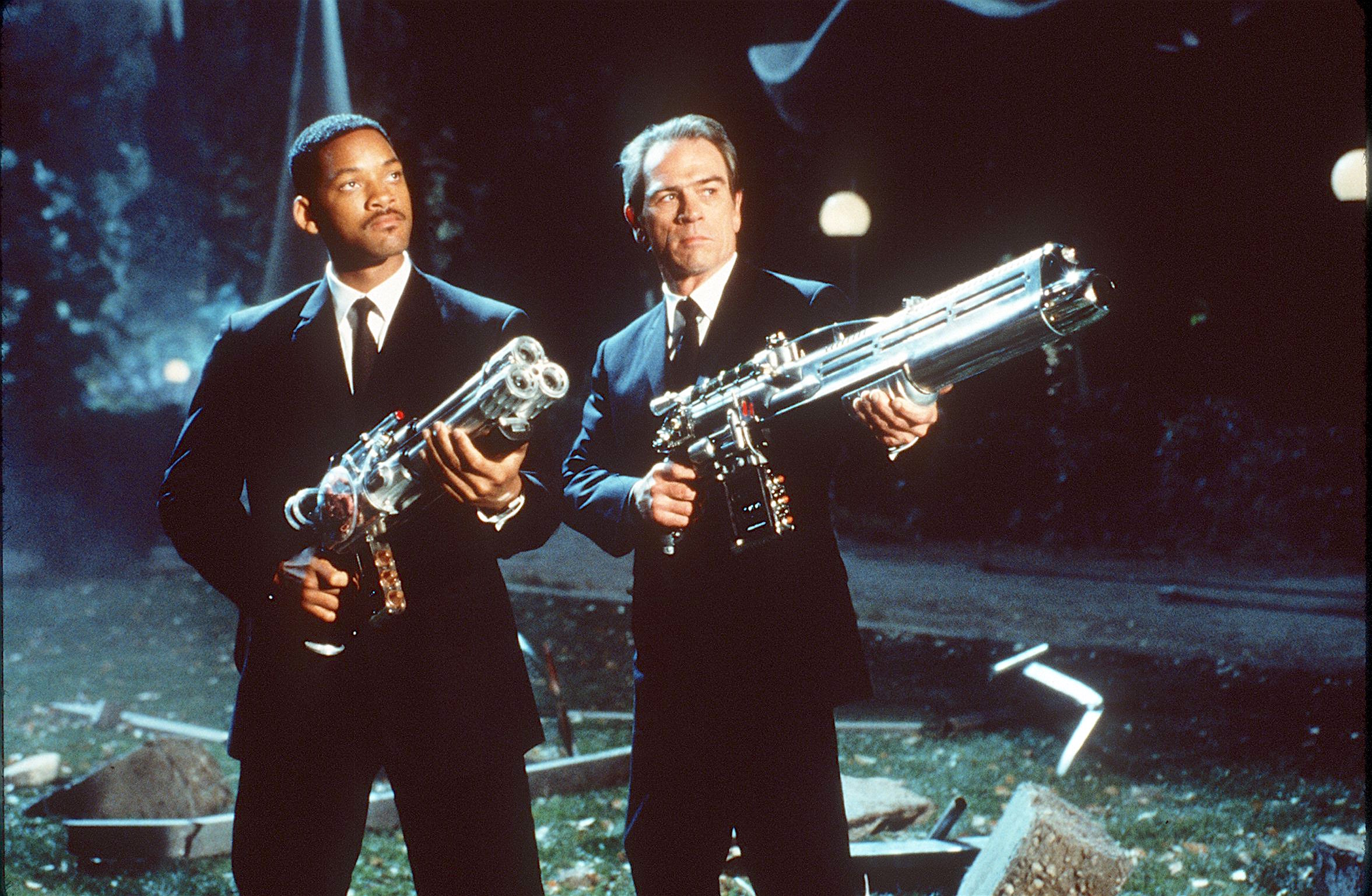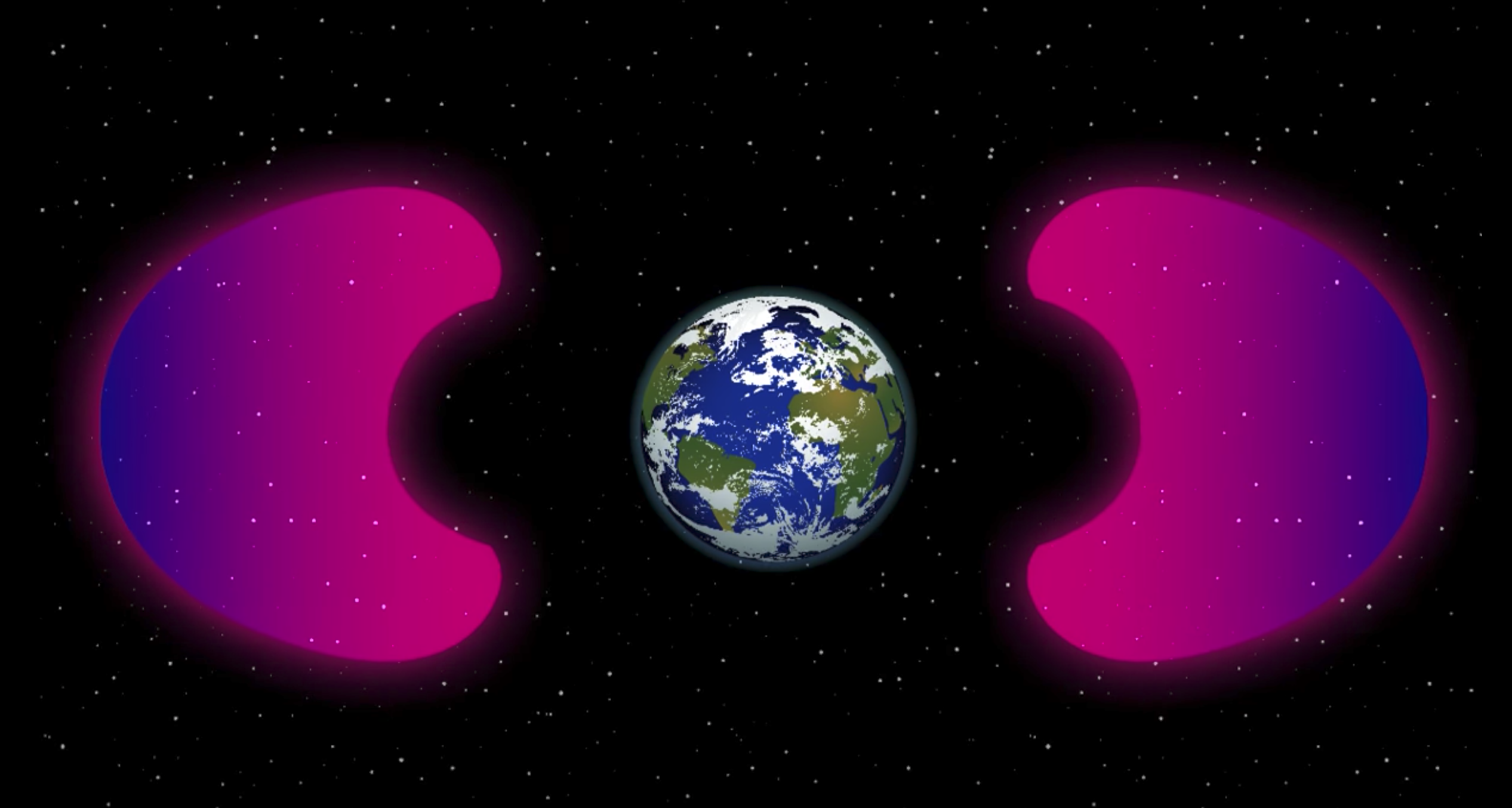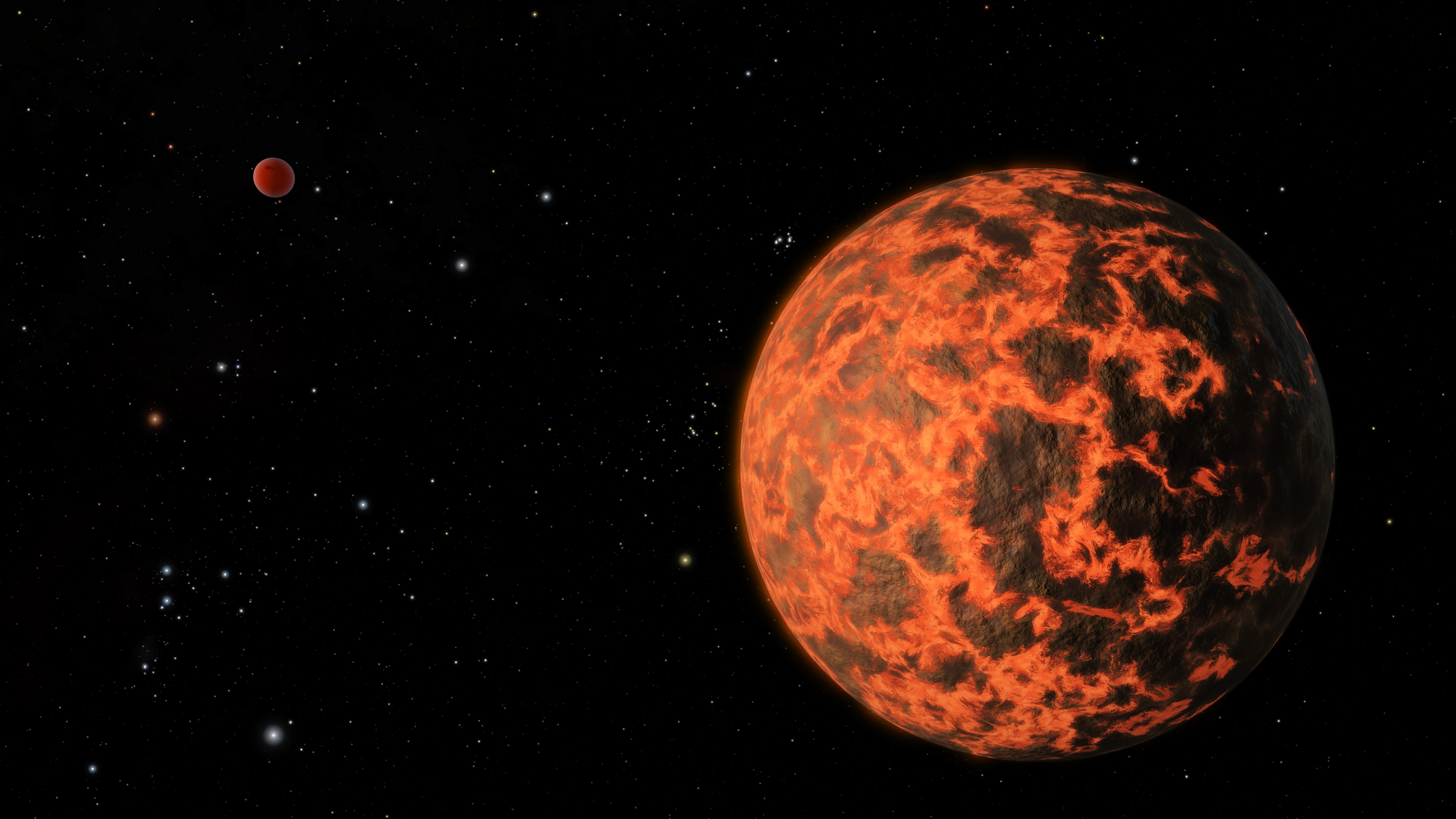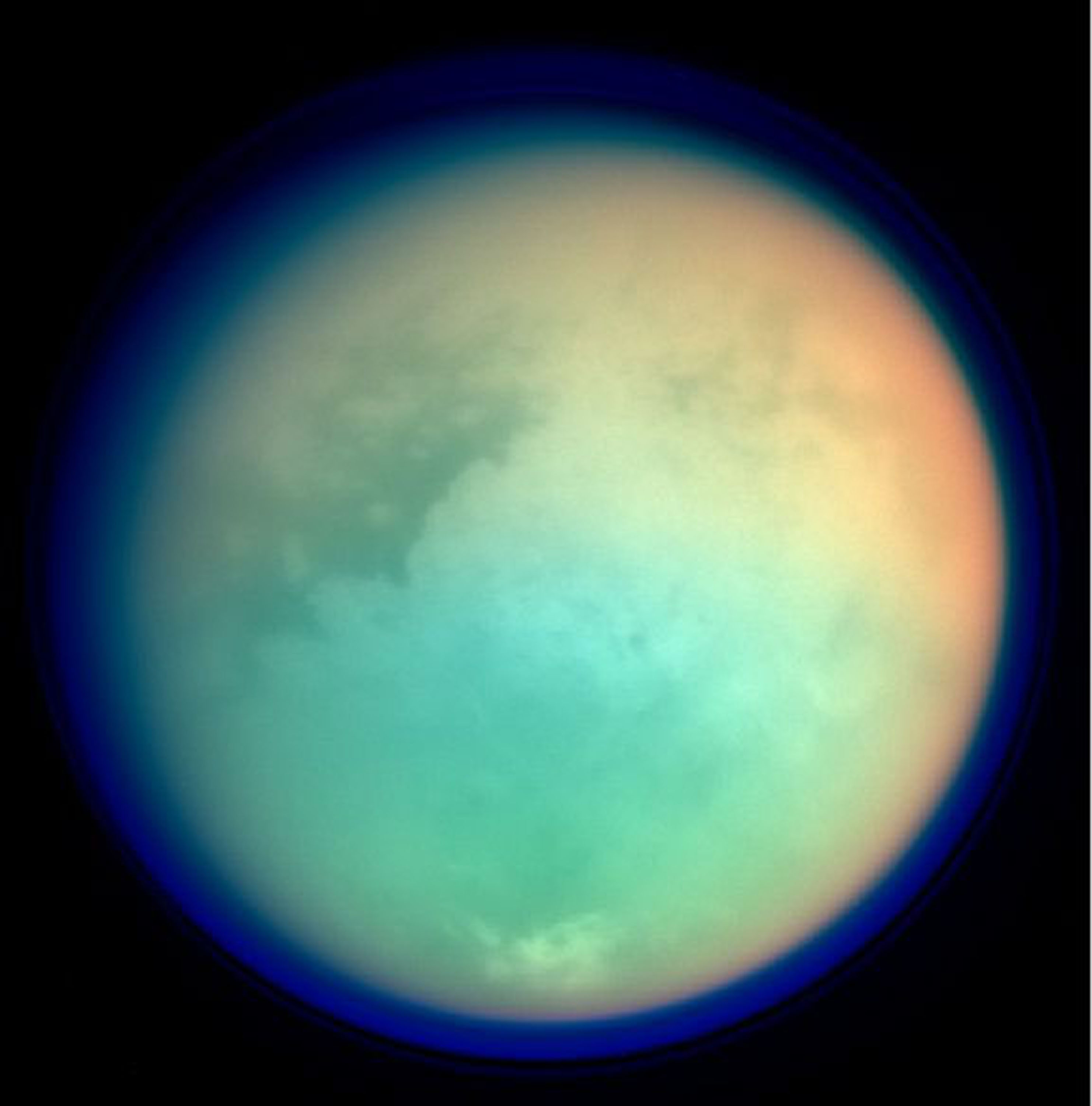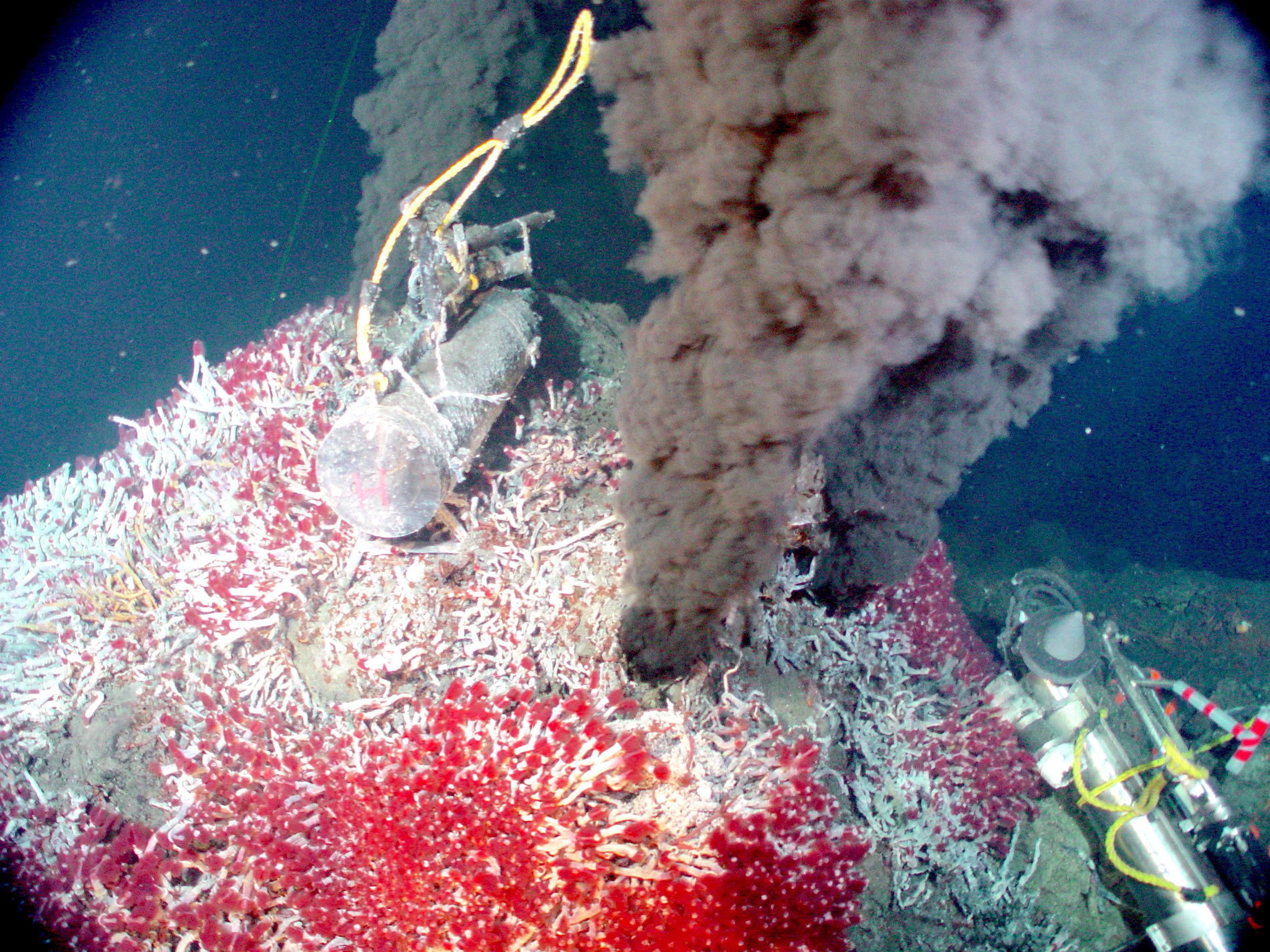earth
What beavers and earthworms can teach us about working with, not against, Mother Nature.
▸
6 min
—
with
Why do so many cultures celebrate holidays at the same time of year?
▸
4 min
—
with
Yes, the magnetosphere is weakening. It does that from time to time.
Geologists discover a rhythm to major geologic events.
“The Expanse” is the best vision I’ve ever seen of a space-faring future that may be just a few generations away.
Their goal is a digital model of the Earth that depicts climate change in all of its complexity.
At the height of the first wave, many people took heart from the drop in air pollution resulting from global lockdowns.
A new study shows our planet is much closer to the supermassive black hole at the galaxy’s center than previously estimated.
Interactive globe shows where your hometown was at various stages of Earth’s deep geological past.
Astronomers propose new estimate of Earth-like planets in the Milky Way galaxy.
Third on the Big Think 2019 countdown reveals this is what the world will be like if we do not act on climate change.
▸
7 min
—
with
Phrases like “Global warming” and “climate change” don’t carry any weight.
Geologists may have spotted evidence of the beginning stages of a subduction zone, a process that drives the movement of Earth’s tectonic plates.
Can sensitive coral reefs survive another human generation?
▸
3 min
—
with
Three scientists publish a paper proving that Mercury, not Venus, is the closest planet to Earth.
▸
with
This is what the world will be like if we do not act on climate change.
▸
7 min
—
with
Your new year’s resolutions should benefit not just yourself, but the whole planet.
NASA scientists have discovered three factors that influence Earth’s rotational wobble. Thankfully, while the Earth may wobble, it won’t fall down.
We’re more dependent on them than we realize.
Singer-songwriter Ryan O’Neal composes the songs of the cosmos.
Greatest job ever? NASA will pay six-figures to a Planetary Protection Officer.
NASA space probes discovered a protective barrier created by human communication technology.
A new study by planetary scientists proposes a giant new space object which could have formed the Earth and the moon.
Farewell Moon, we barely knew you. Bill Nye knows the Moon is moving away from Earth 1.48 inches per year. Will it keep drifting further away, and what happens to Earth when it does?
▸
2 min
—
with
The mission might set a precedent for exploring bodies of water on other moons and worlds as well.
Researchers possibly identify LUCA, the common ancestor to all life on Earth, and figure out where it lived.

